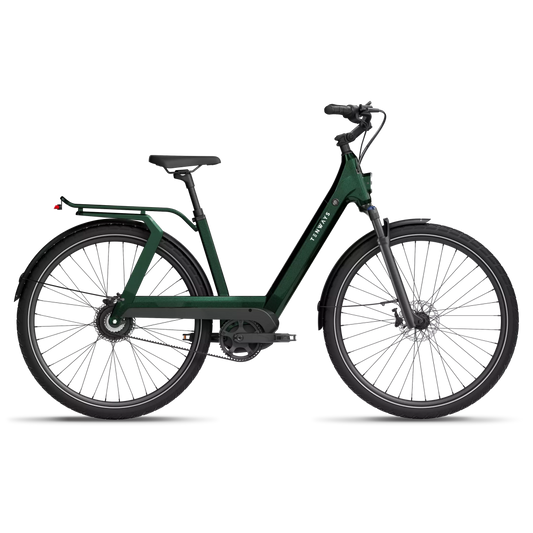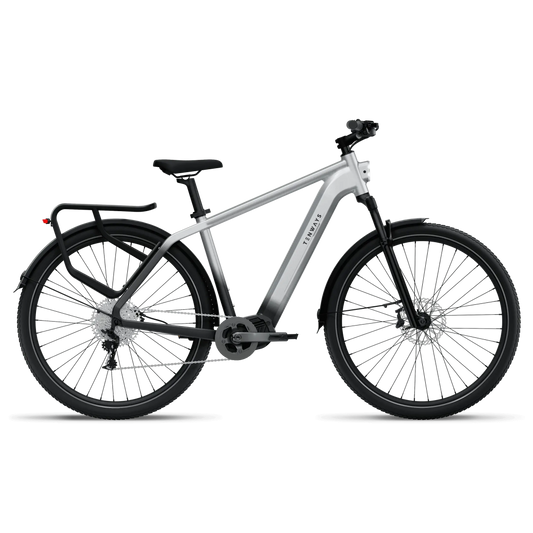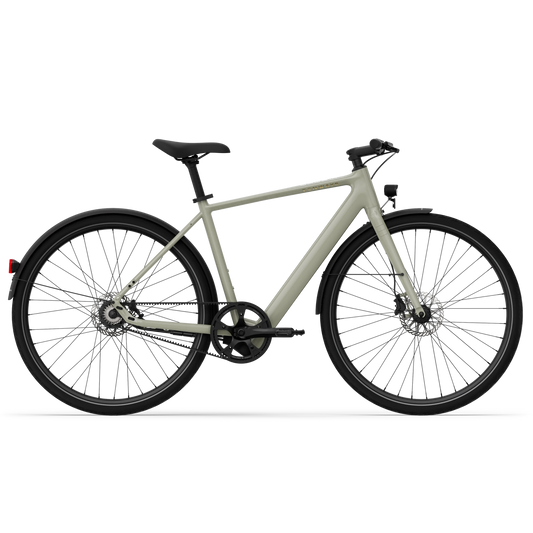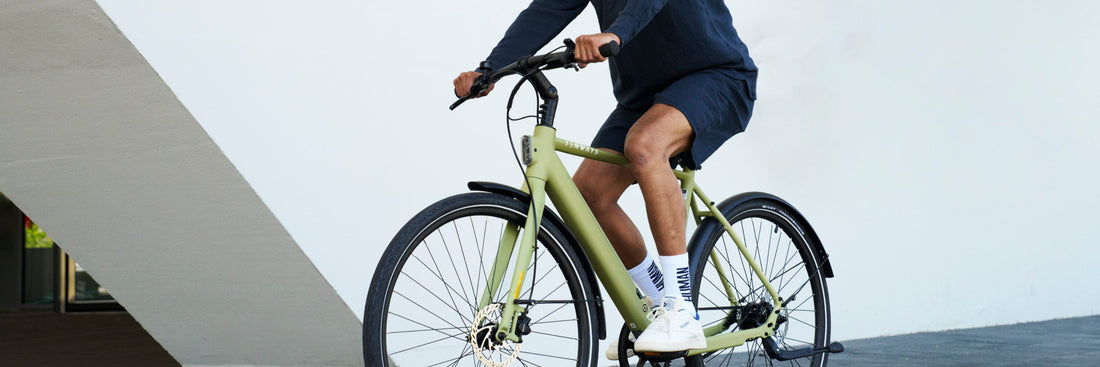As we reach peak summer, many people may be looking to get fit and enjoy the great outdoors. Adding an e-bike to your summer fitness plan is a fantastic option, but many doubt its feasibility and effectiveness. Today, we're debunking several myths and providing accurate information about how to effectively use an e-bike to reach your fitness goals.
Myth 1: "E-bikes are cheating"
Many e-bike enthusiasts have encountered this misconception. It's a common myth that e-bikes do all the work, making them ineffective for physical activity. The essence of a pedelec e-bike is that its motor assistance works in tandem with rider's pedaling. Riders are still engaged in physical activity on an e-bike and can control their level of exertion accordingly. Electrical assist allows riders to tackle hills and ride for longer without overexertion.
Lightweight models such as the CGO600 and CGO600 Pro offer a riding experience similar to traditional bikes, because they can help you maintain a consistent pace and encourage longer rides. The pedal-assist feature allows you to tackle hilly terrain and long distances without overexercising, making it an excellent option for both beginners and experienced cyclists looking to enhance their fitness levels.

Myth 2: Distance is everything!
Mileage isn't everything, every mile counts, but don't be discouraged if you're not hitting high weekly mileage. Everyone's physical fitness levels differ, and routes can vary in difficulty due to elevation and terrain. It's crucial to work within your own fitness level. If you're just starting out, gradually increase your mileage to a challenging but manageable level. Consistency is key; regular rides are more beneficial for improving fitness than occasional, intense efforts. Proper planning helps prevent over-exertion, ensuring you're ready for your next workout. By planning your routes, you can tailor them to your fitness level and account for varying terrains and elevations.

Myth 3: It's all about maximum physical exertion
This is another common misconception! Pushing yourself to the limit during every ride can lead to burnout and potential injuries. In reality, there are various ways to exercise, each offering unique benefits. These methods include low-intensity steady state (LISS), high-intensity interval training (HIIT), recovery rides, progressive efforts, and more. Combining different types of training can help you get the most out of your weekly workouts.
Your training approach should align with your fitness goals. As a general guideline, HIIT should be done fairly infrequently (not more than once a week if you're an exercise newbie) due to the stress it places on your body. It's crucial to train according to your fitness level to maintain consistency.

Myth 4: You need a specific body type for cycling
This couldn't be further from the truth, e-biking isn't an exclusive sport. The truth is, riding a bike or an e-bike suits everyone, regardless of size and shape. E-bikes make cycling more accessible to a broader audience by reducing the intimidation factor often associated with traditional biking.
Cycling is a low-impact exercise that is gentle on the joints, making it ideal for people of all ages and fitness levels. Cross-training with other activities, such as strength training or yoga, can help you achieve your desired fitness goals.
Tips for making an e-bike fitness plan
1. Assess your current fitness level: Set realistic goals based on your existing fitness and physical activity levels. A fitness plan tailored to your capabilities will help you stay consistent and motivated.
2. Plan your routes: Choose routes that align with your fitness level to avoid unexpected terrains that might be too challenging.
3. Prioritize consistency: Regular rides are more effective than sporadic sessions. Aim for consistency to see the most significant improvements in your fitness.
4. Listen to your body: Pay attention to how you feel and allow time for recovery to prevent injuries. If you're not feeling up to a planned workout, it's okay to take a break.
5. Stay hydrated and eat well: Proper hydration and nutrition are essential for maintaining energy levels and supporting recovery. Good nutrition ensures you get the most out of every workout.
6. Have fun: Enjoying your rides is crucial! Make sure to plan rides that you find enjoyable. This will greatly help in motivating you to get out on the days when this is low.

Conclusion
E-bikes are a fantastic tool for getting fit and enjoying the outdoors. By debunking these myths and understanding their unique benefits you can create an effective personalised fitness plan to help you achieve your goals. Whether you're new to cycling or looking to enhance your current routine, an e-bike can help you achieve your fitness goals while having fun.






























